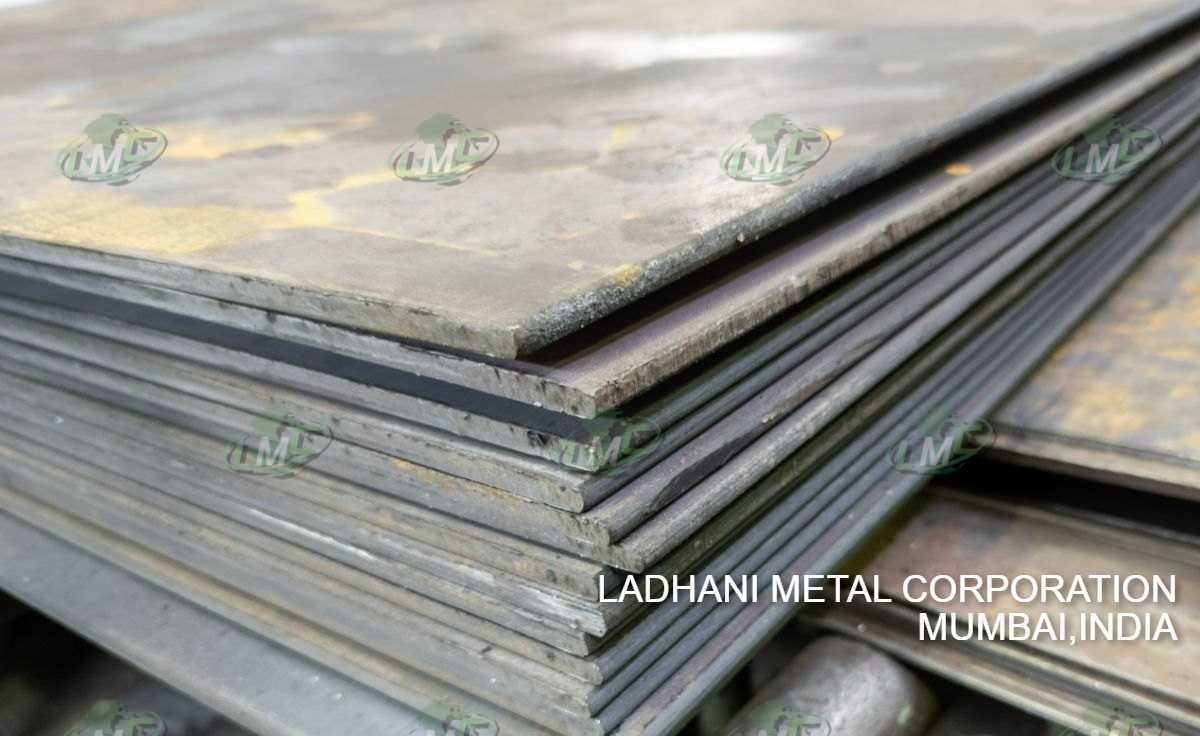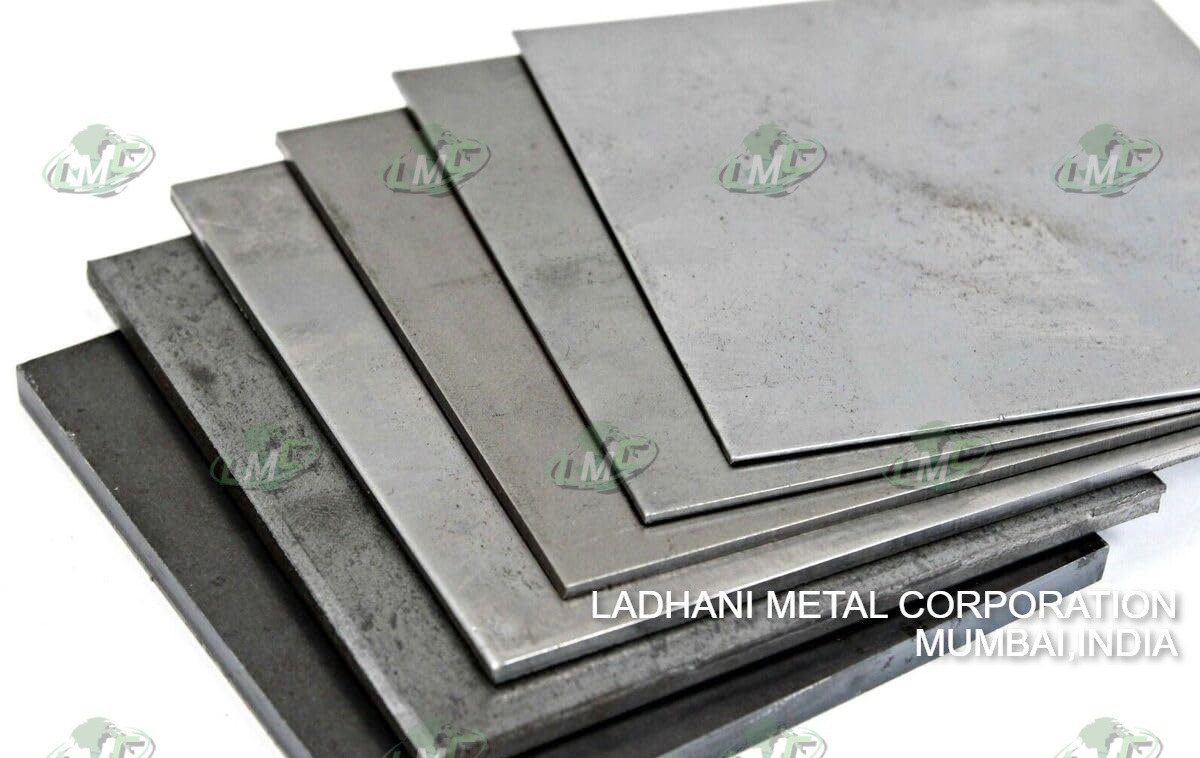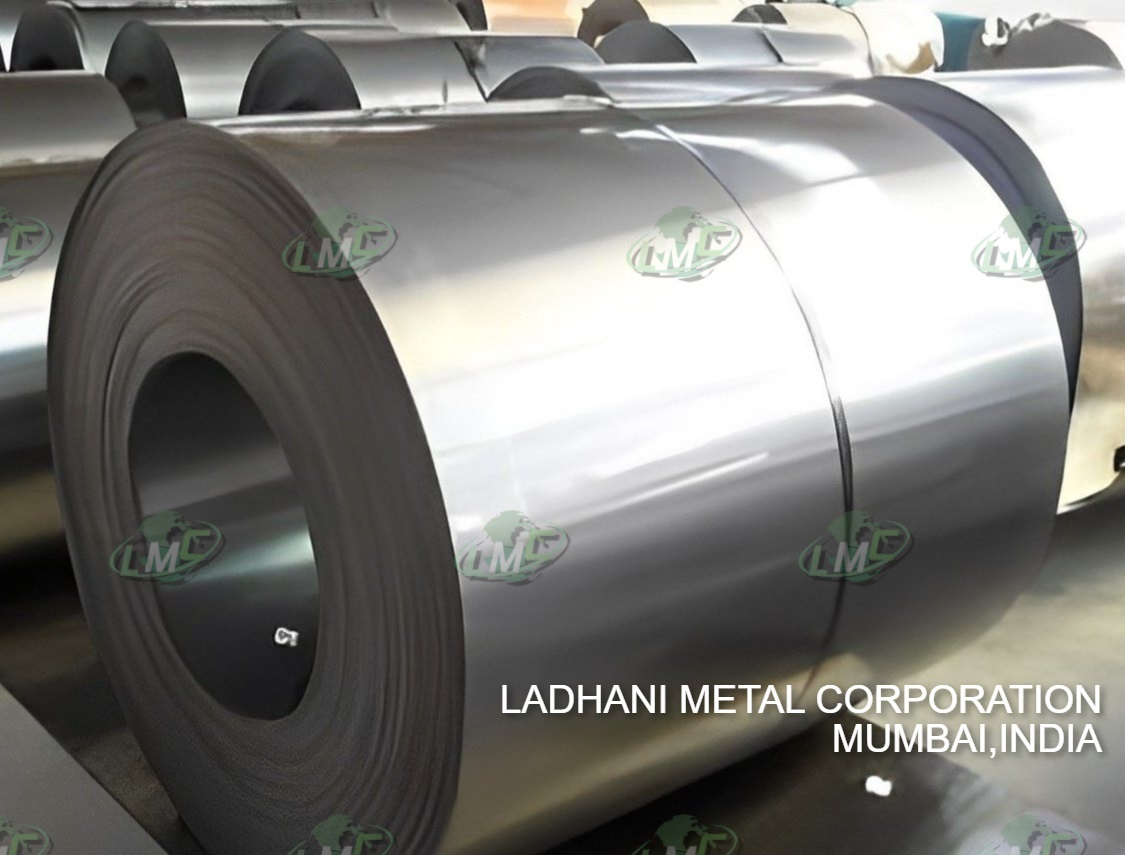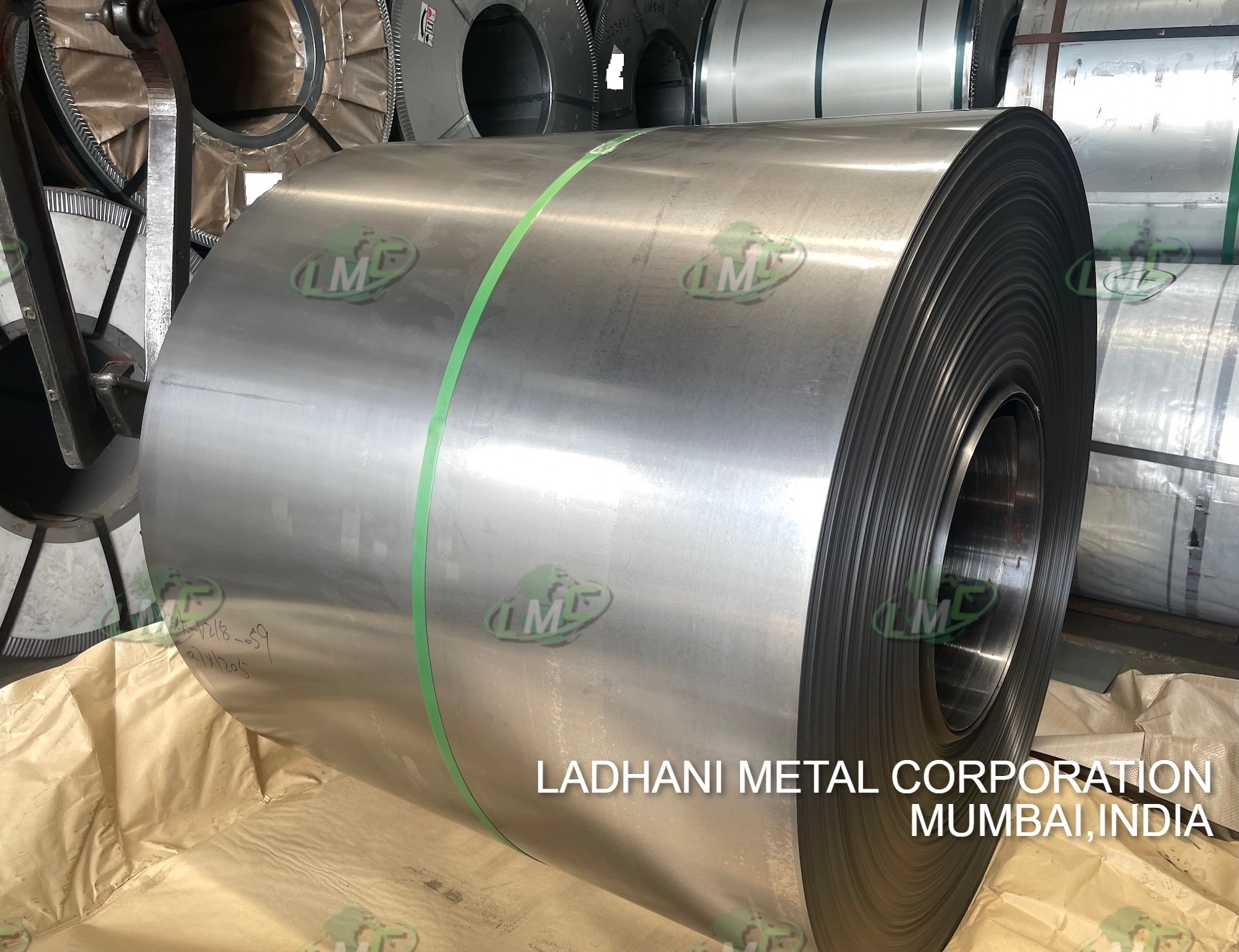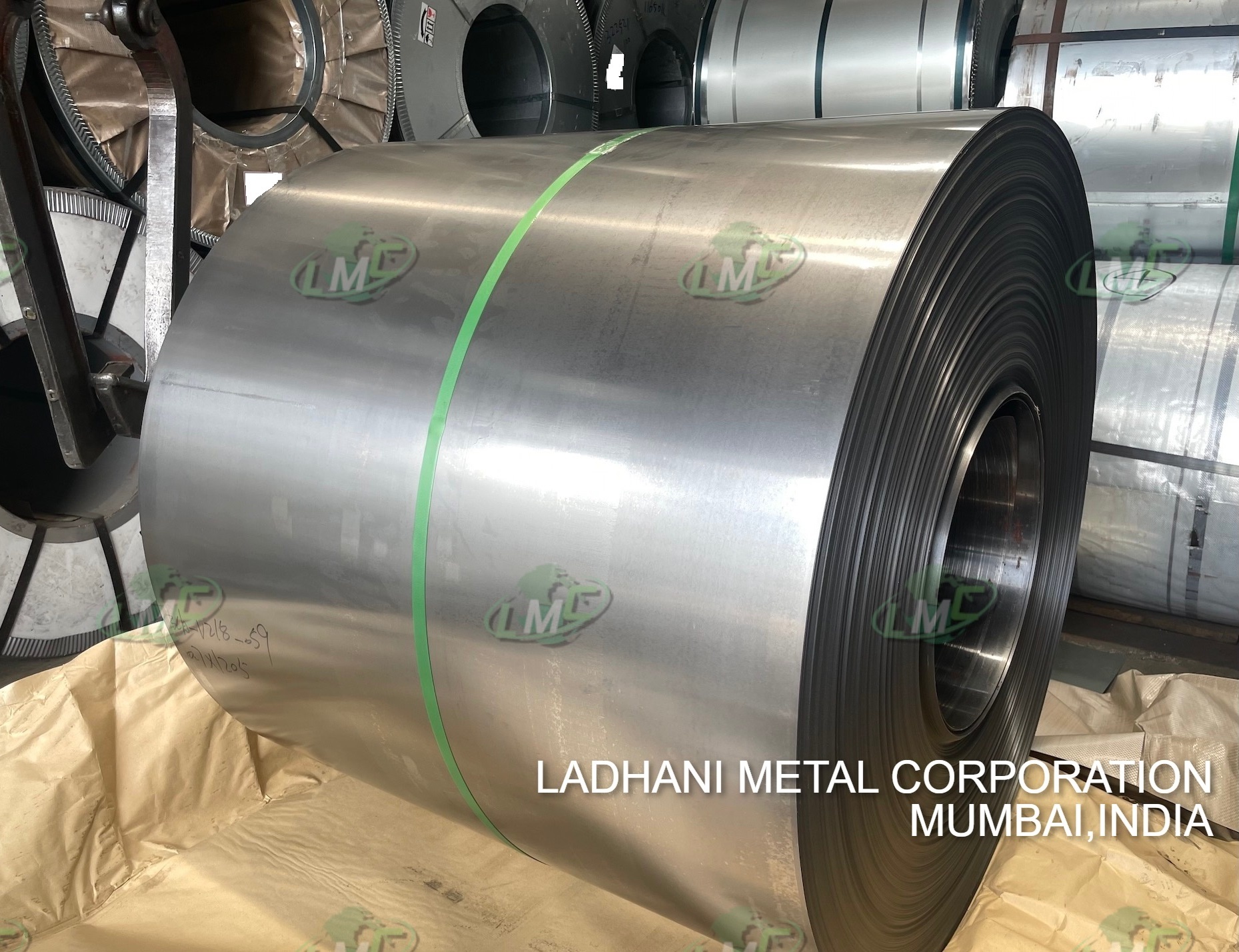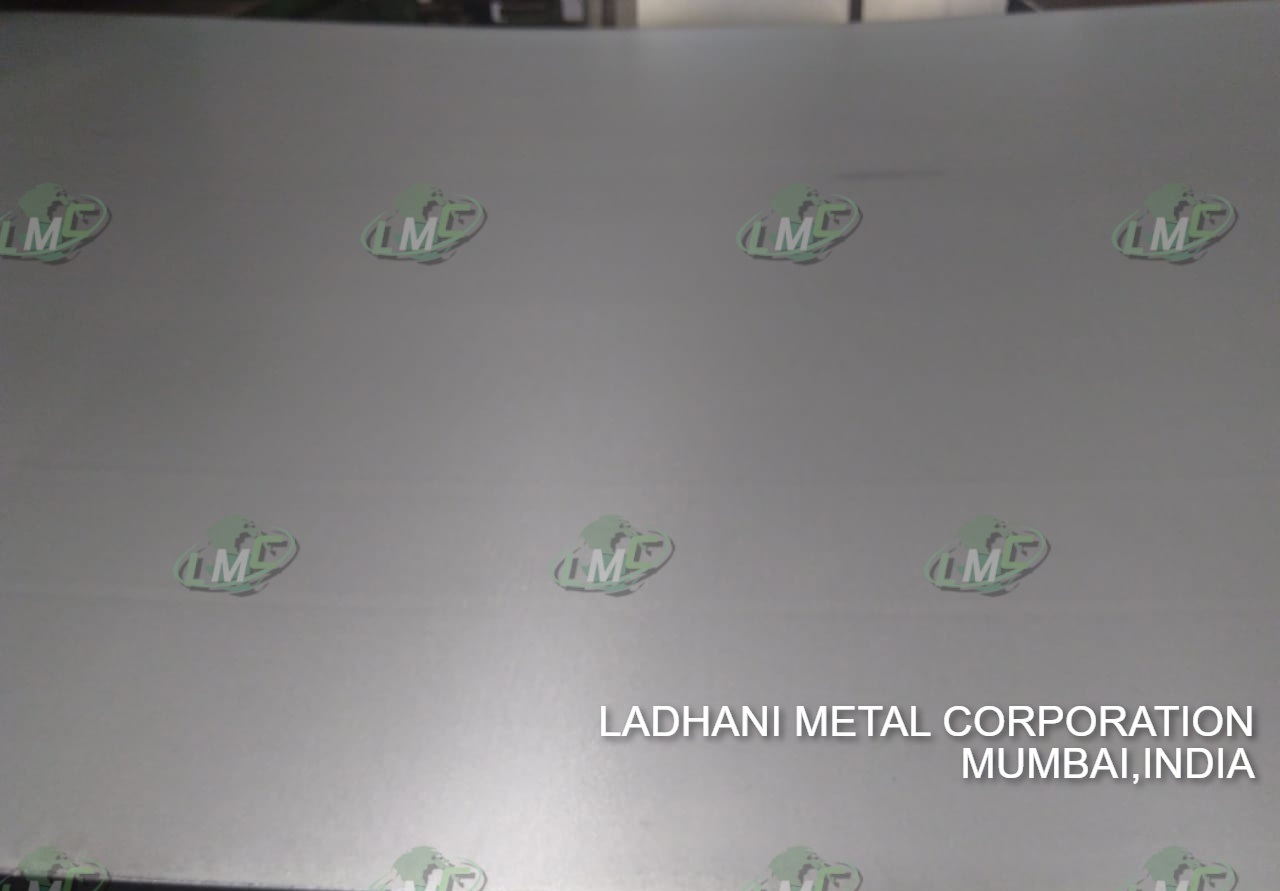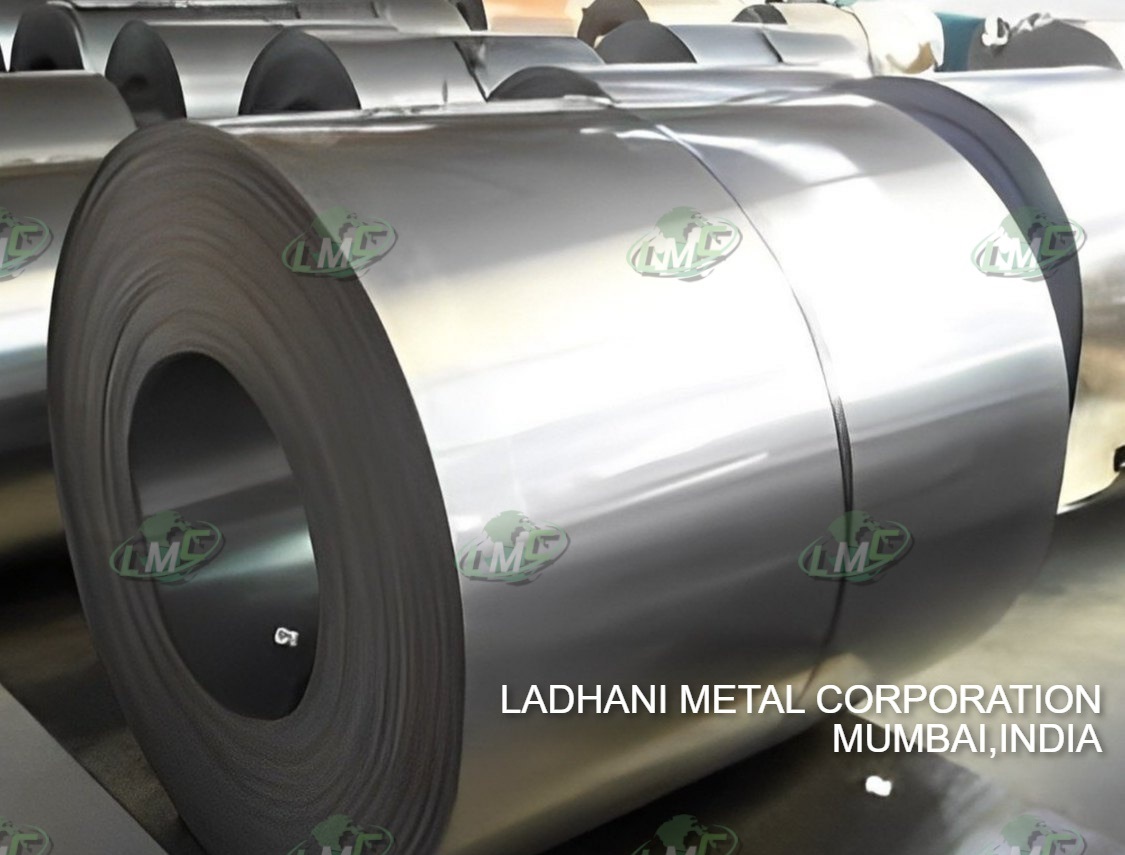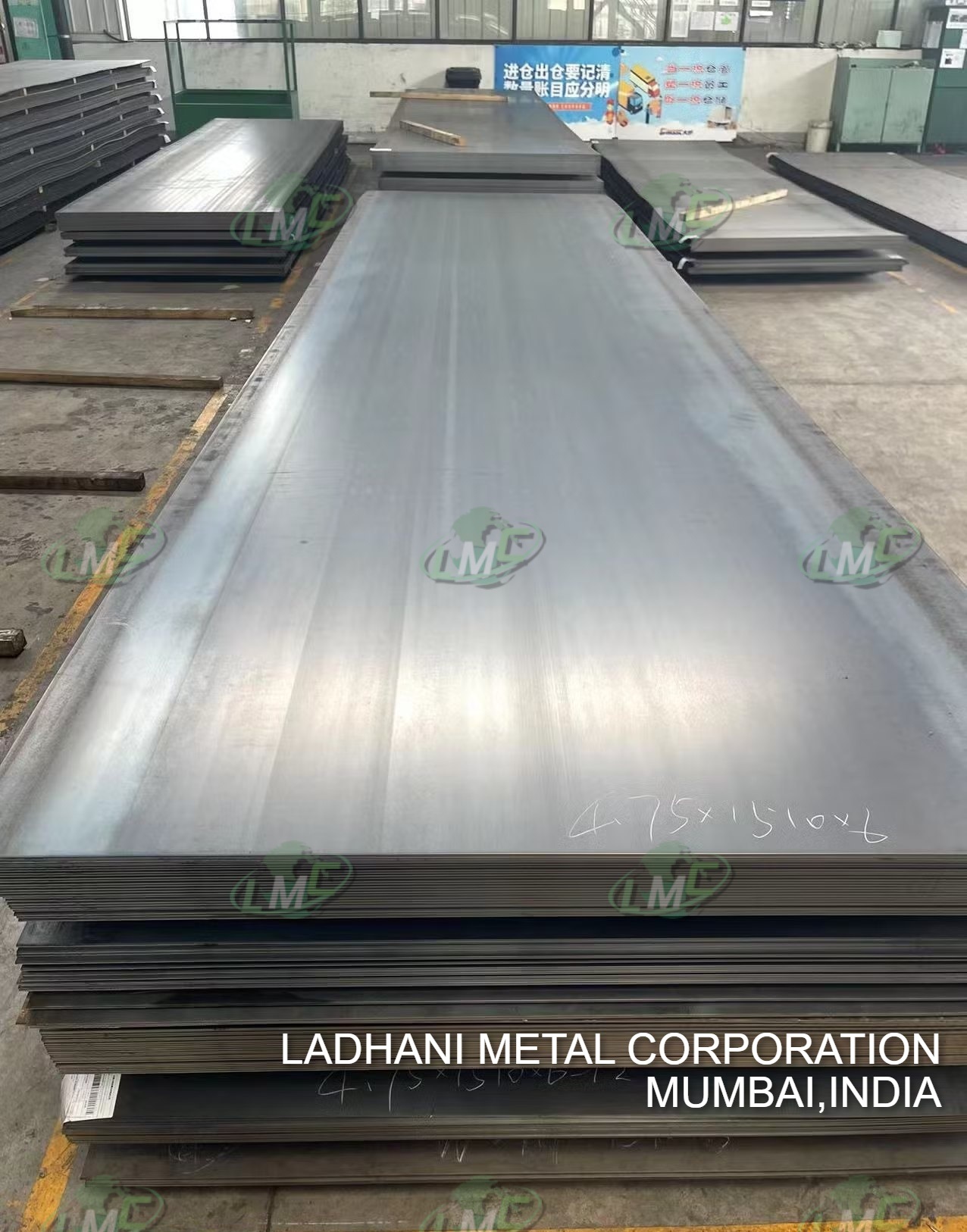ladhani metal corporation is supplier and exporter of AISI 321H sheet , plate , coil , flat bar , circular plate , plate flanges , farma , laser cutting design sheet , waterjet cutting design sheet.AISI 321H is the basic austenitic 18/8 steel stabilised by Titanium or additions. These grades are used because they are not sensitive to intergranular corrosion after heating within the carbide precipitation range of 425-850°C.AISI 321H is the grade of choice for applications in the temperature range of up to about 900°C, combining high strength, resistance to scaling and phase stability with resistance to subsequent aqueous corrosion. Cold Bending : It has excellent cold working properties and cold bending can generally be carried out without too much difficulty. Hot Bending : Hot bending should be performed at 950oC - 1100Oc. Corrosion Resistance : it similar resistance to general corrosion in most media as 304, but not as good as 316. Stress Corrosion Cracking : it has similar resistance to stress corrosion cracking as 304, but not as good as 316. Pitting Corrosion / Crevice Corrosion : It has similar resistance to pitting and crevice corrosion as 304, but not as good as 316. Intergranular Corrosion : it has better resistance to intergranular corrosion than most of the standard 300 grades other than the low carbon types 304L, 316L and 317L due to its titanium content.N.B. Forging : Heat uniformly to 1150oC - 1200oC Machining: It is more difficult to machine than most of the standard austenitic stainless steels, due to its titanium addition. Our Domestic reach is unlimited and we supply to this following cities Ahmedabad, Amritsar, Aurangabad, Bangalore, Bhopal, Chandigarh, Chennai, Coimbatore, Dhanbad, Faridabad, Ghaziabad, Guwahati, Gwalior, Howrah, Hyderabad, Indore, Jabalpur, Jaipur, Jodhpur, Kanpur, Kolkata, Kota, Lucknow, Ludhiana, Madurai, Meerut, Mumbai, Nagpur, Nashik, Navi Mumbai, New Delhi, Patna, Pune, Raipur, Rajkot, Ranchi, Solapur, Srinagar, Surat, Thane, Vadodara, Varanasi, Vijayawada, Visakhapatnam, Hubballi, Tiruchirappalli, Bareilly, Moradabad, Mysore, Gurgaon, Aligarh, Jalandhar, Bhubaneswar We export to following Countries: Russia, Canada, United States, China, Brazil, Australia, Argentina, Kazakhstan, Algeria, Denmark, Saudi Arabia, Mexico, Indonesia, Iran, Mongolia, Peru, South Africa, Colombia, Ethiopia, Bolivia, Egypt, Venezuela, Turkey, Chile, Myanmar, France, Ukraine, Madagascar, Botswana, Kenya, Thailand, Spain, Sweden, Uzbekistan, Morocco, Paraguay, Zimbabwe, Norway, Japan, Germany, Republic of the Congo, Finland, Vietnam, Malaysia, Poland, Oman, Italy, Philippines, Ecuador, New Zealand, United Kingdom, Guinea, Uganda, Nepal, Bangladesh.
Send Message

